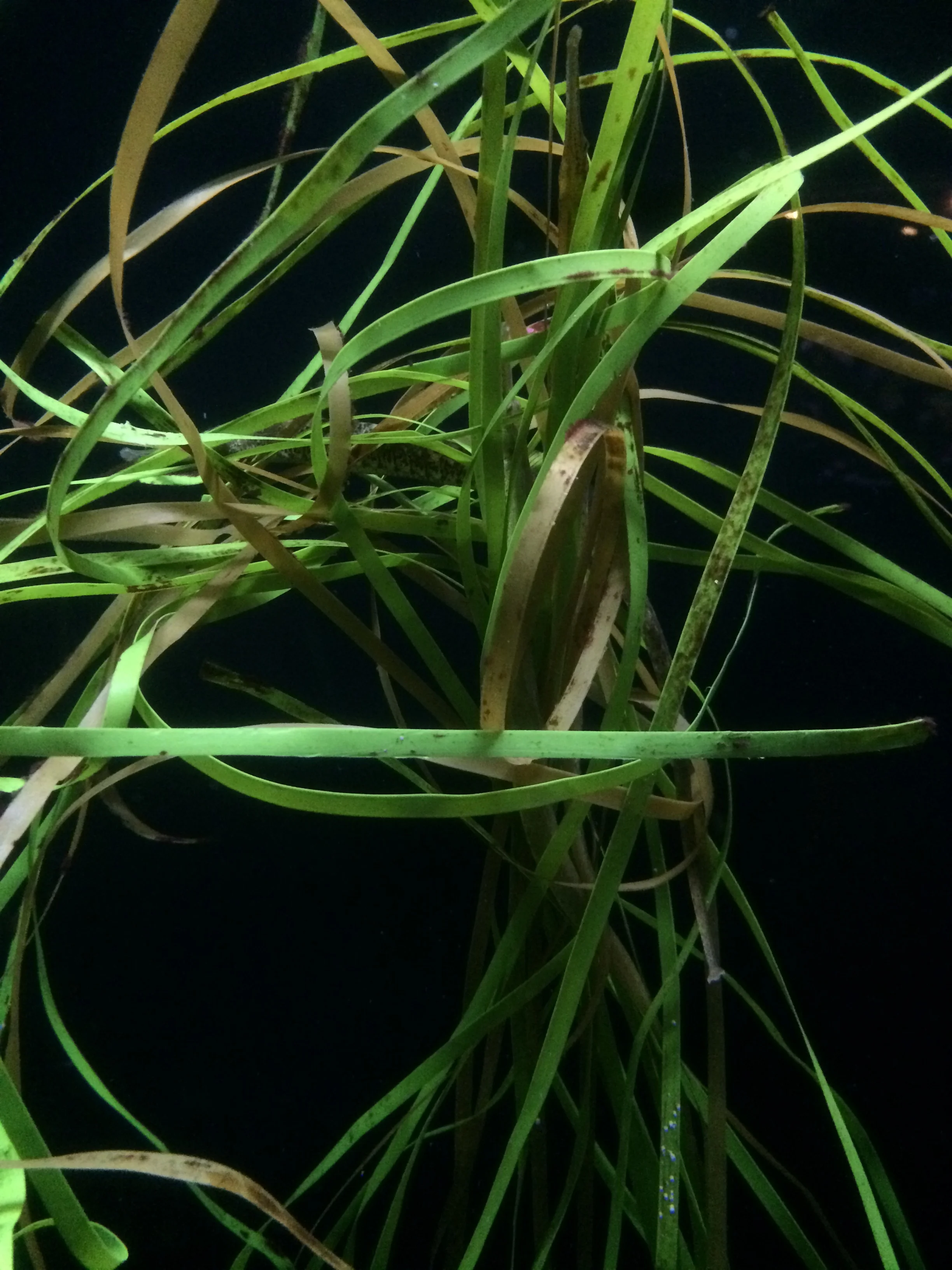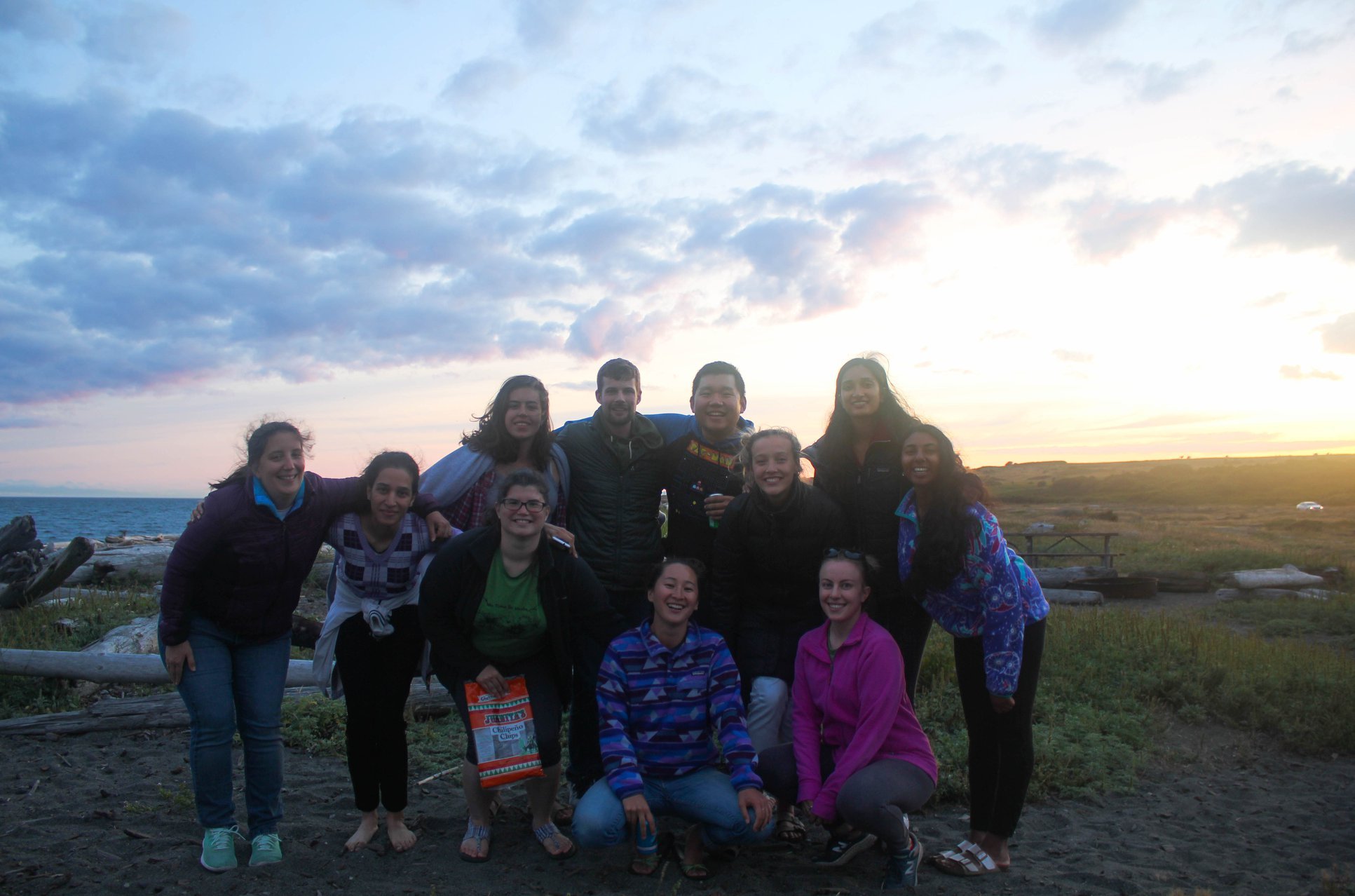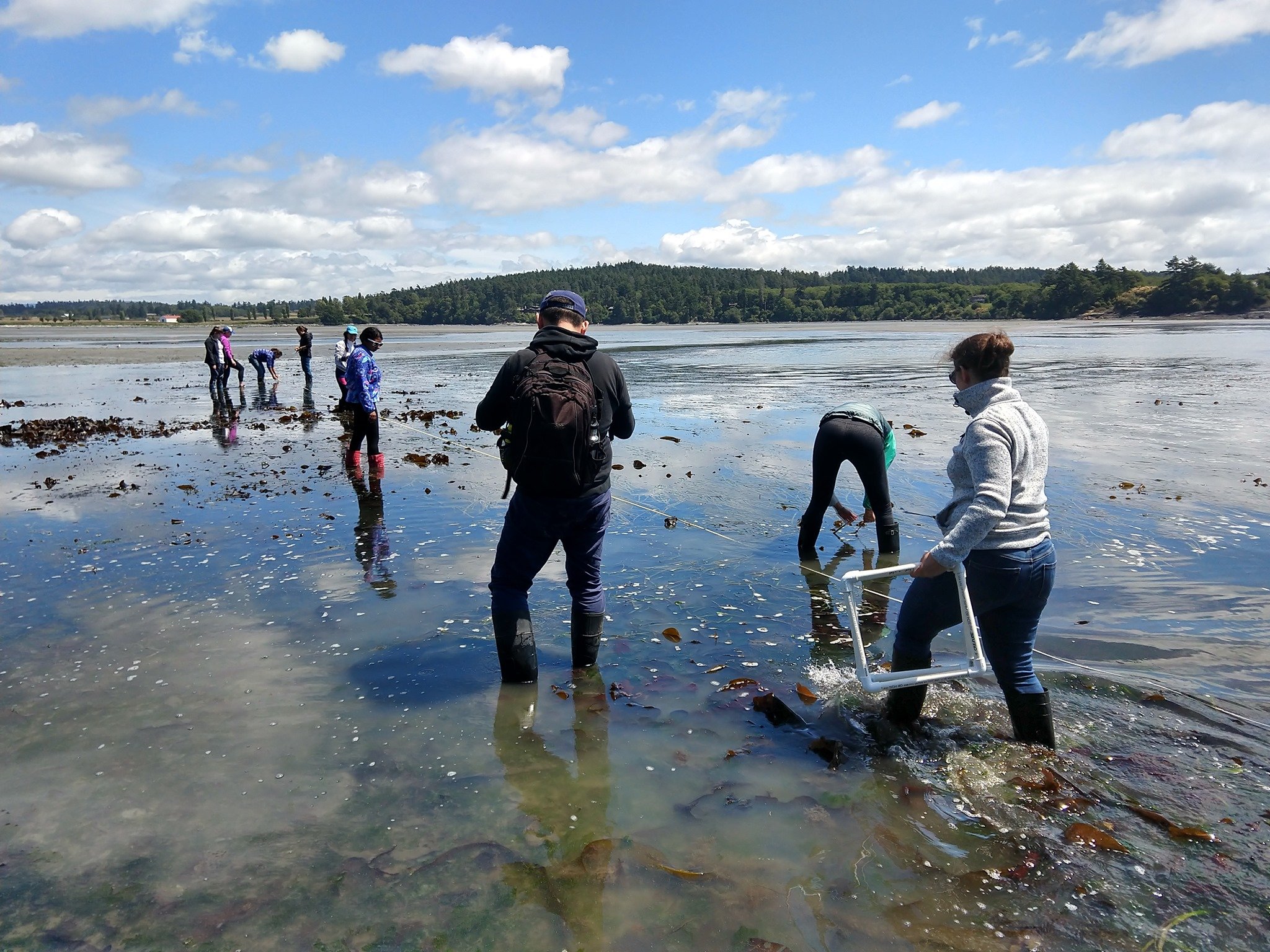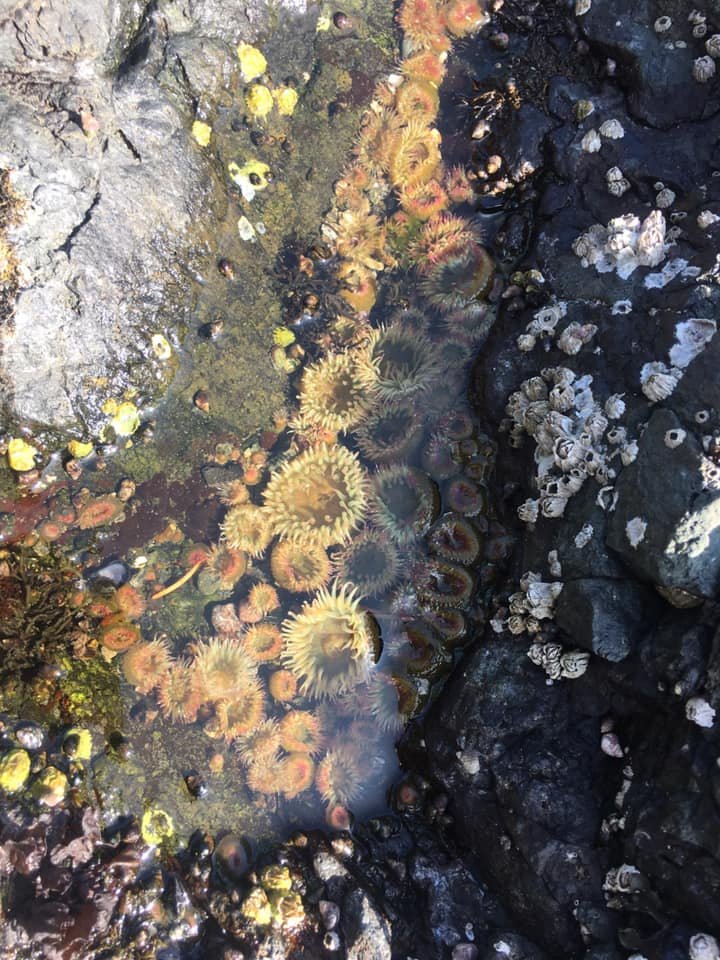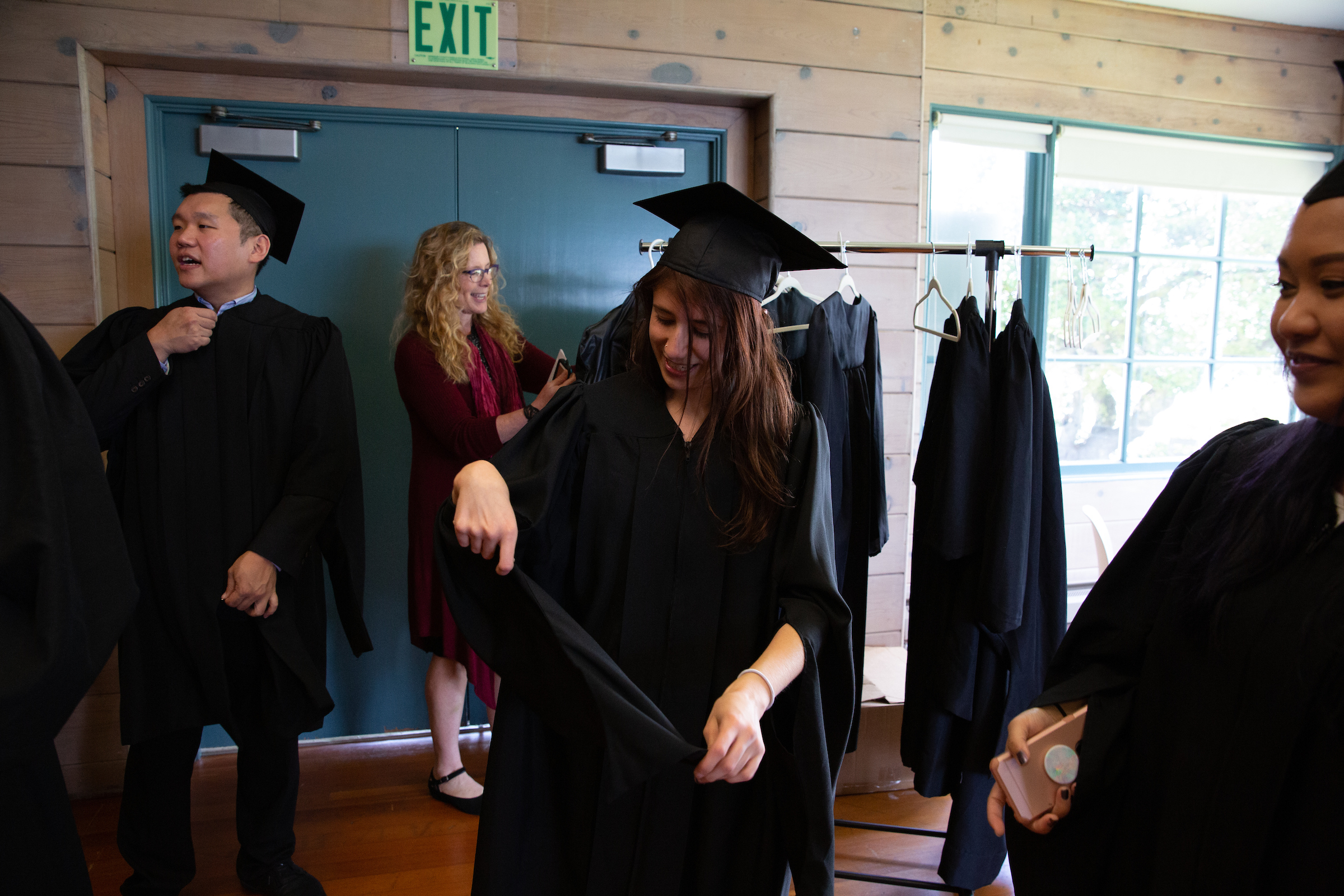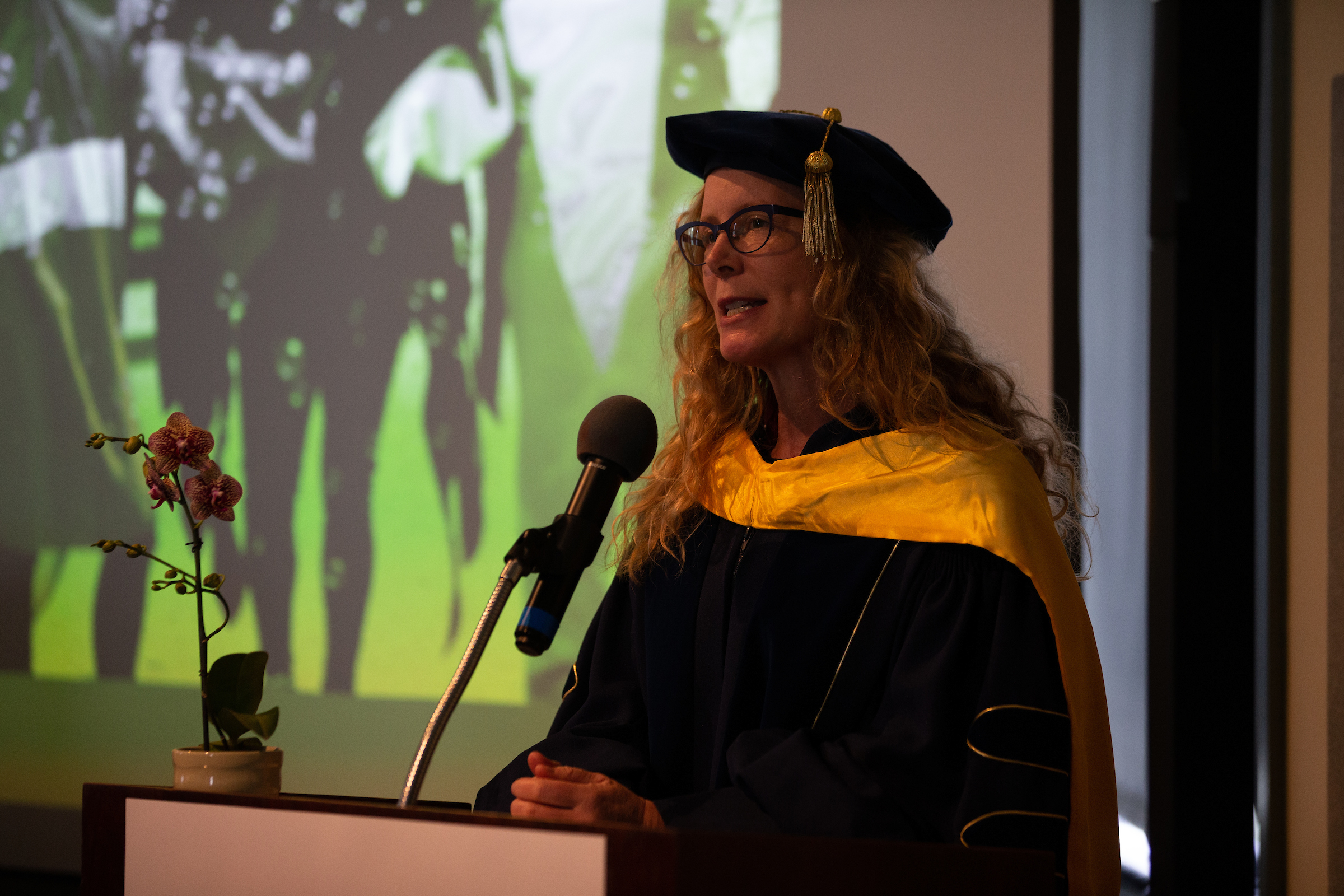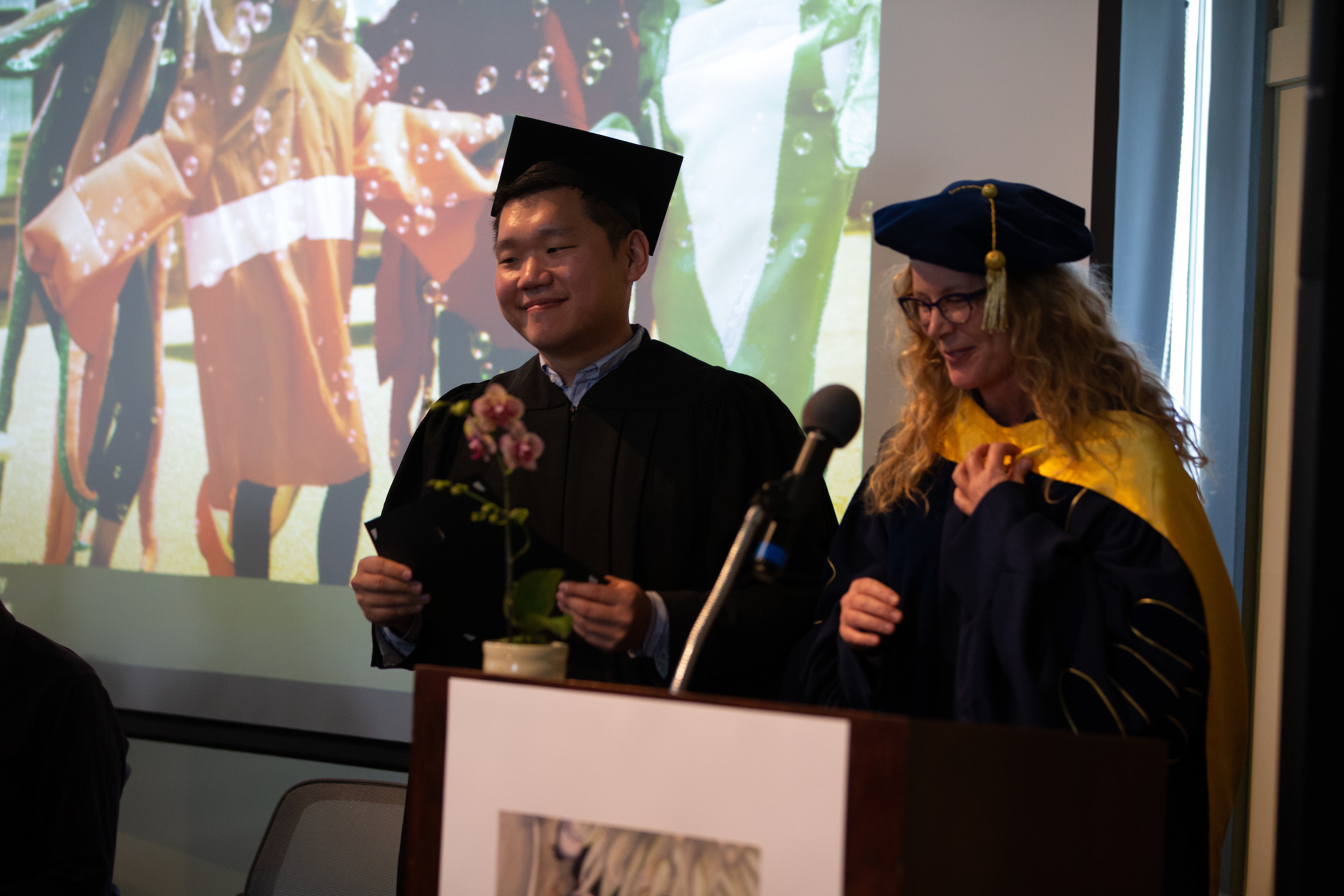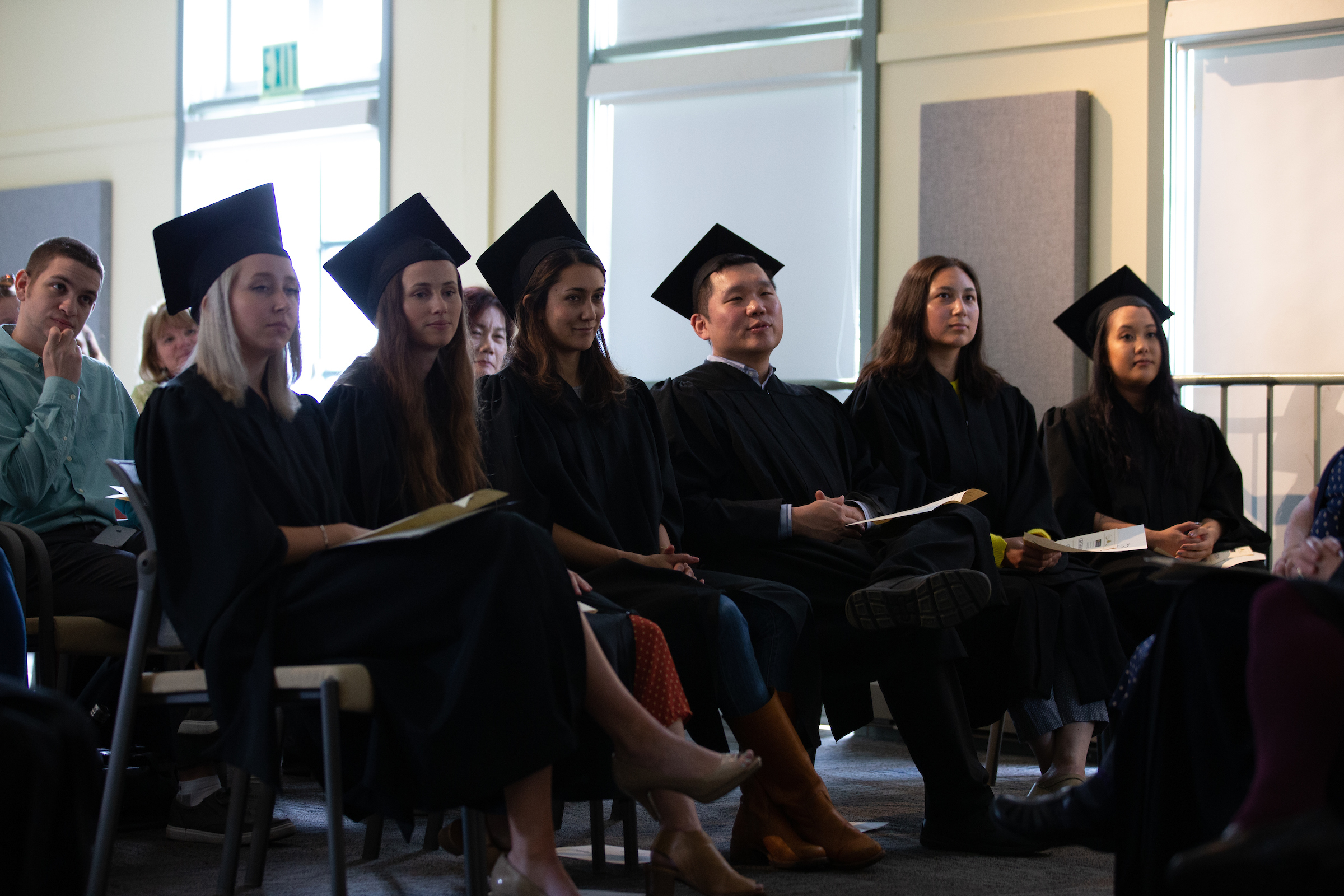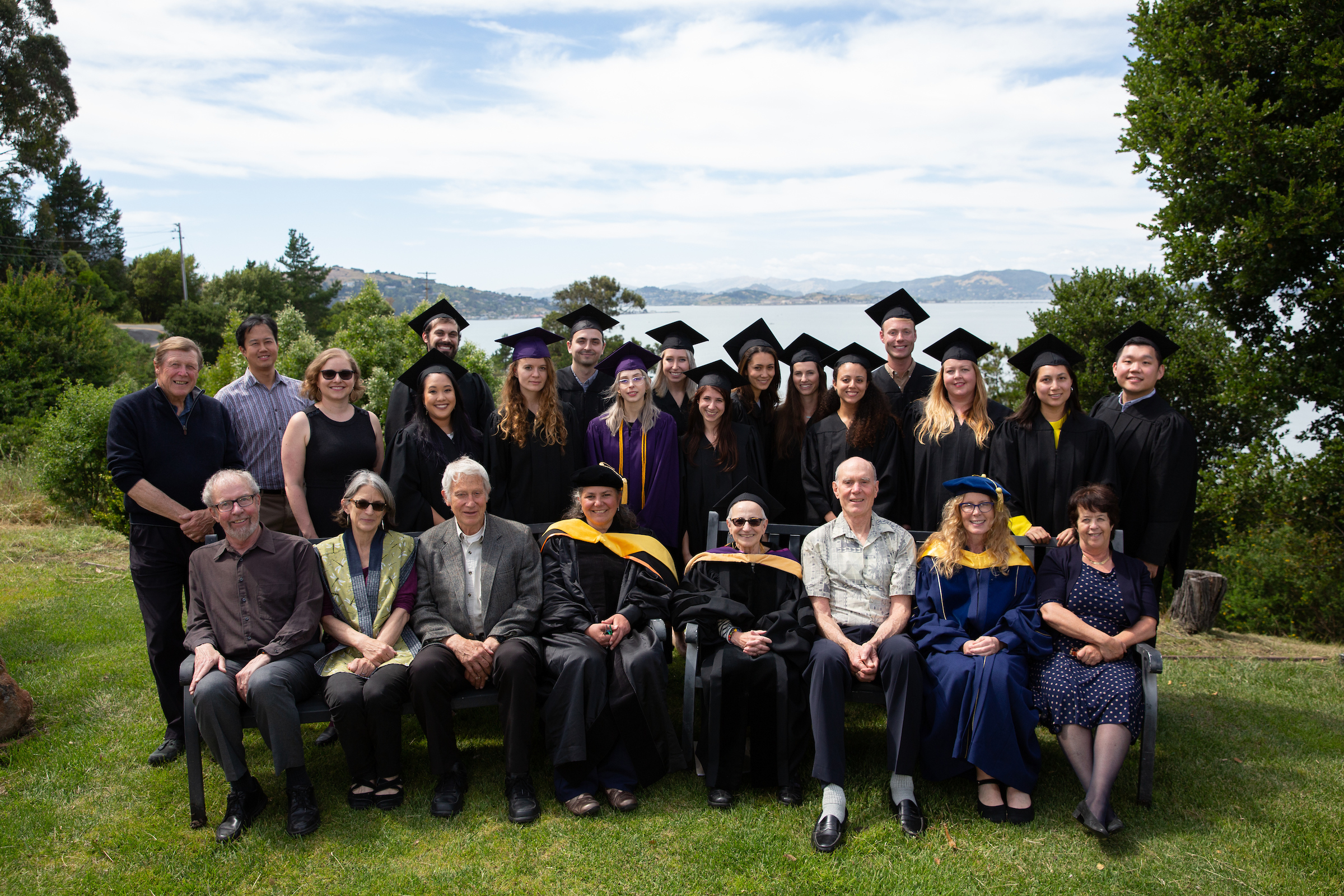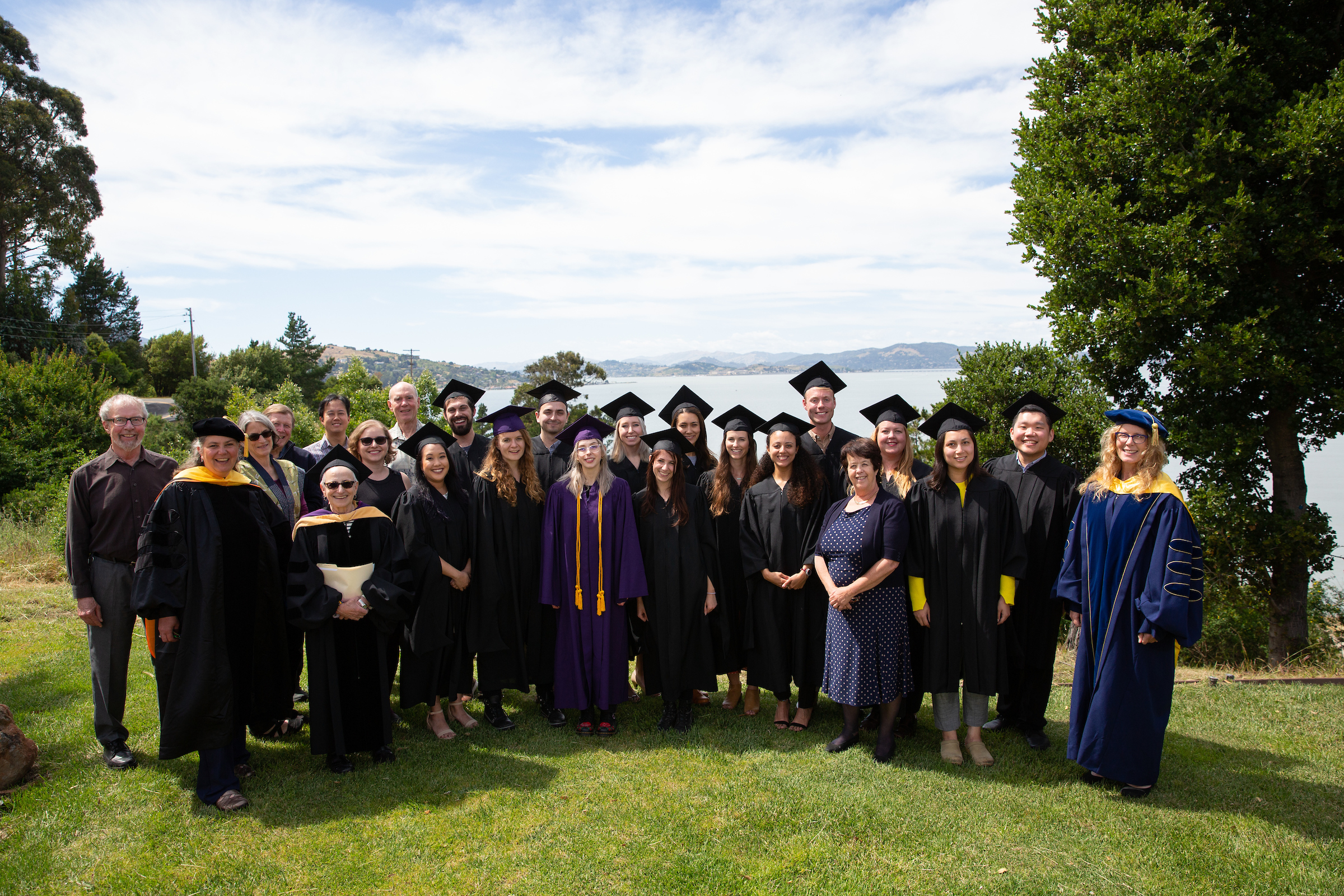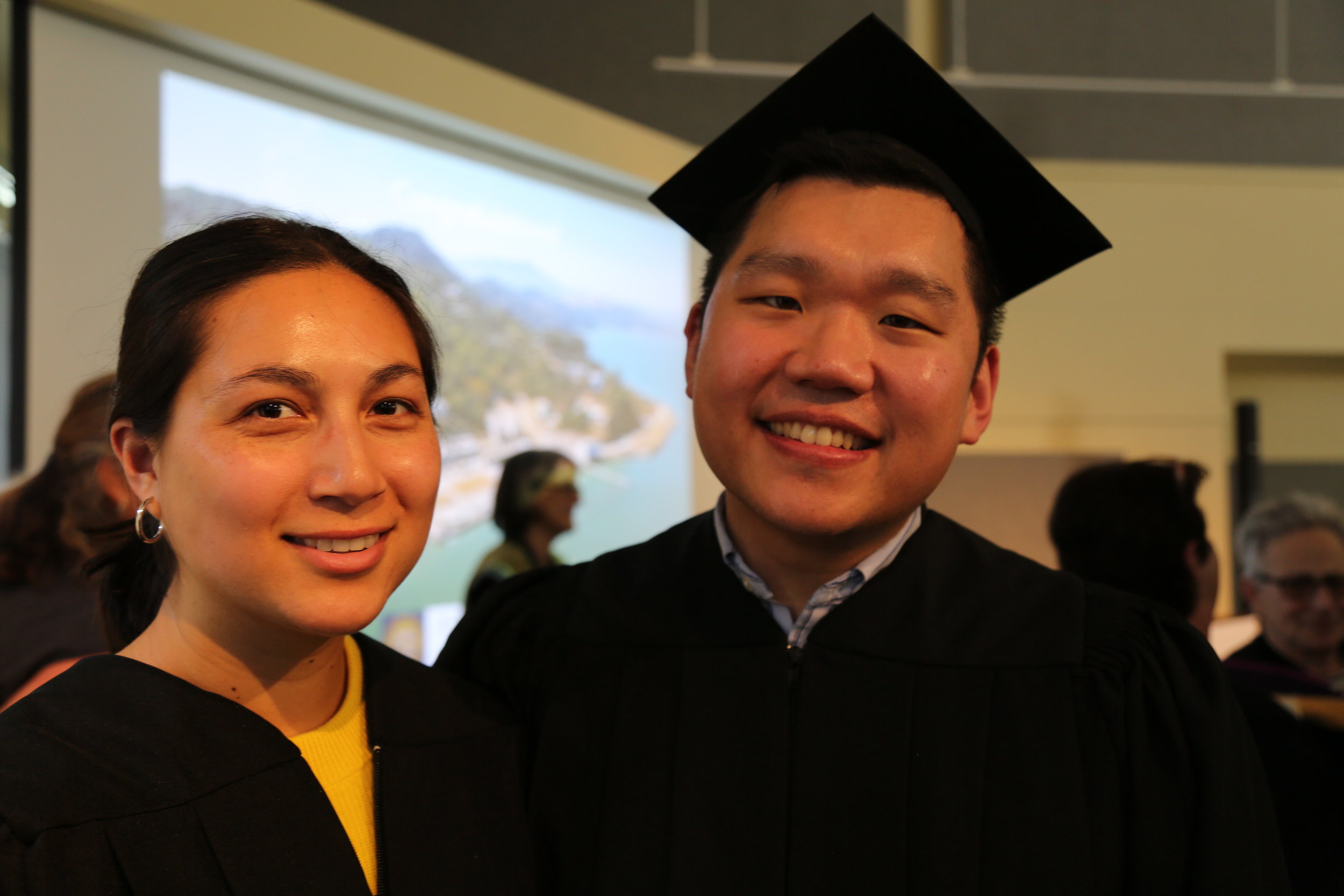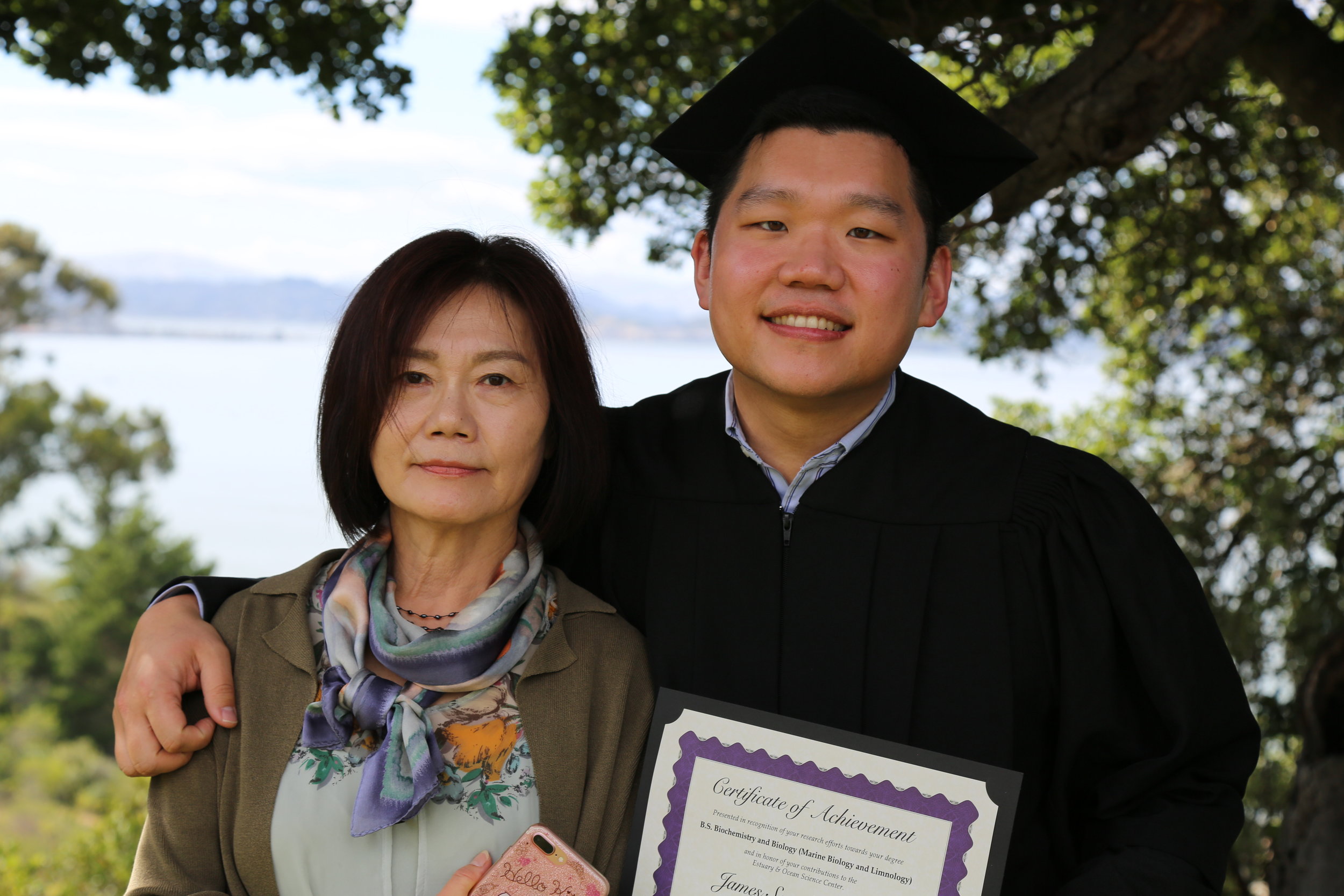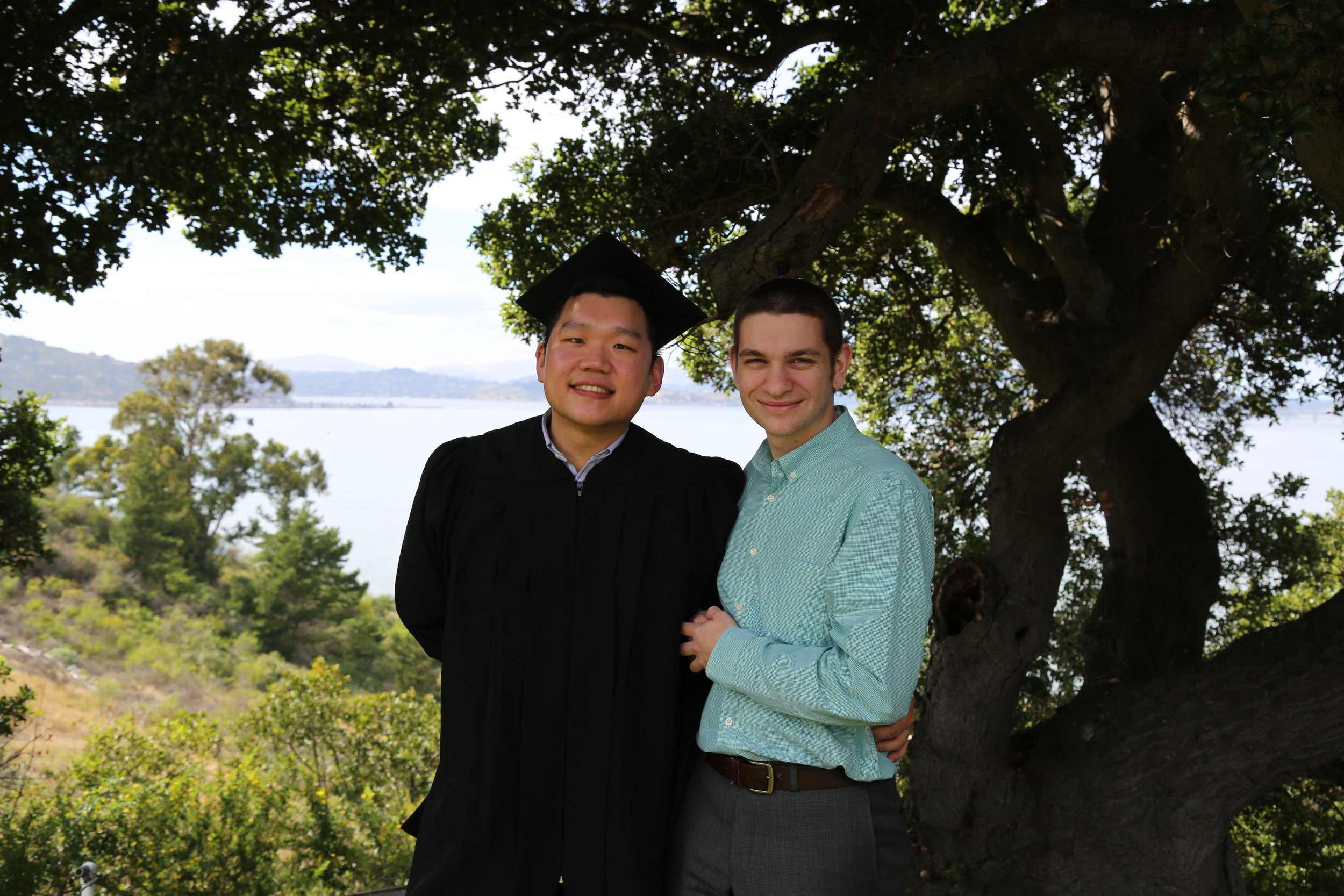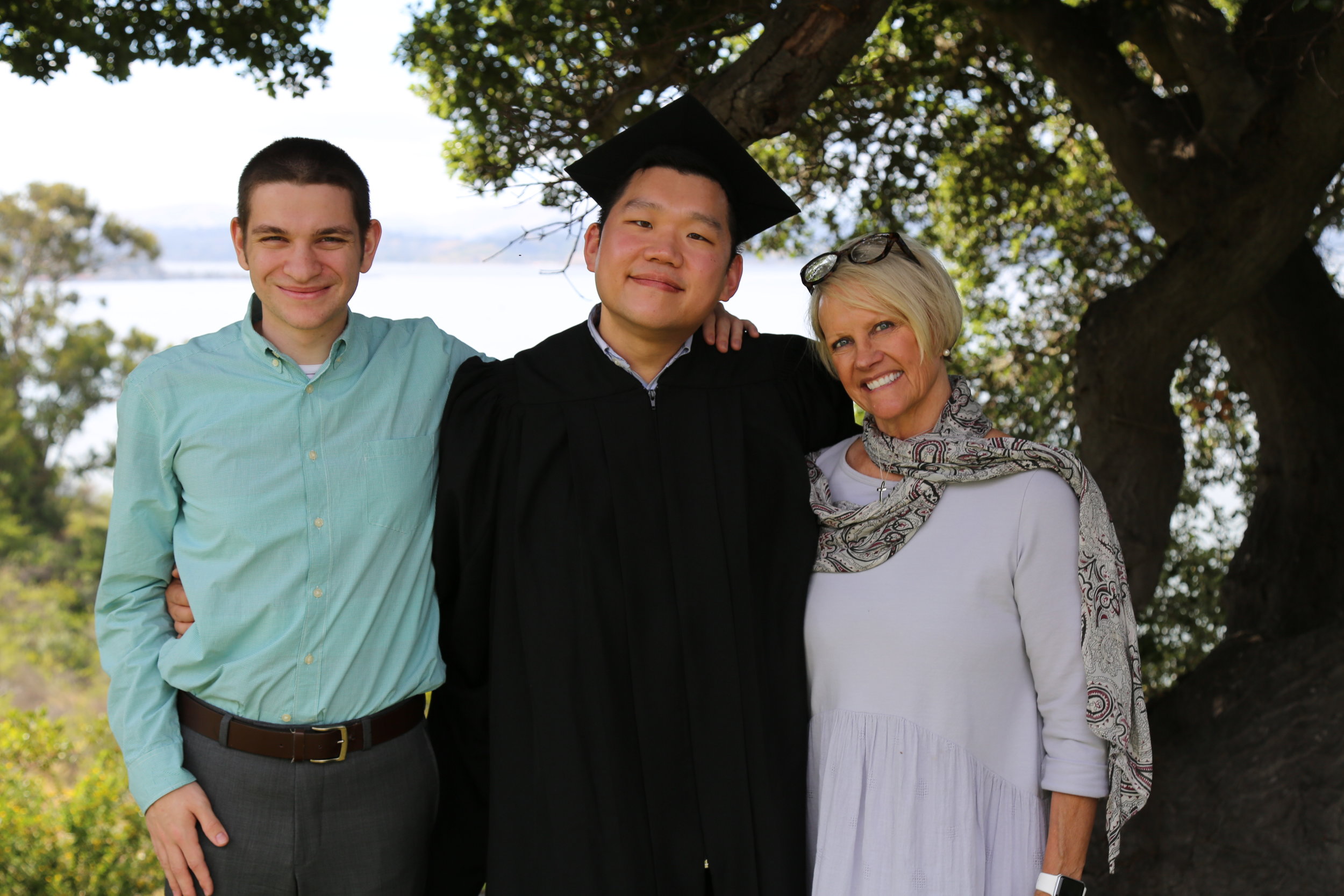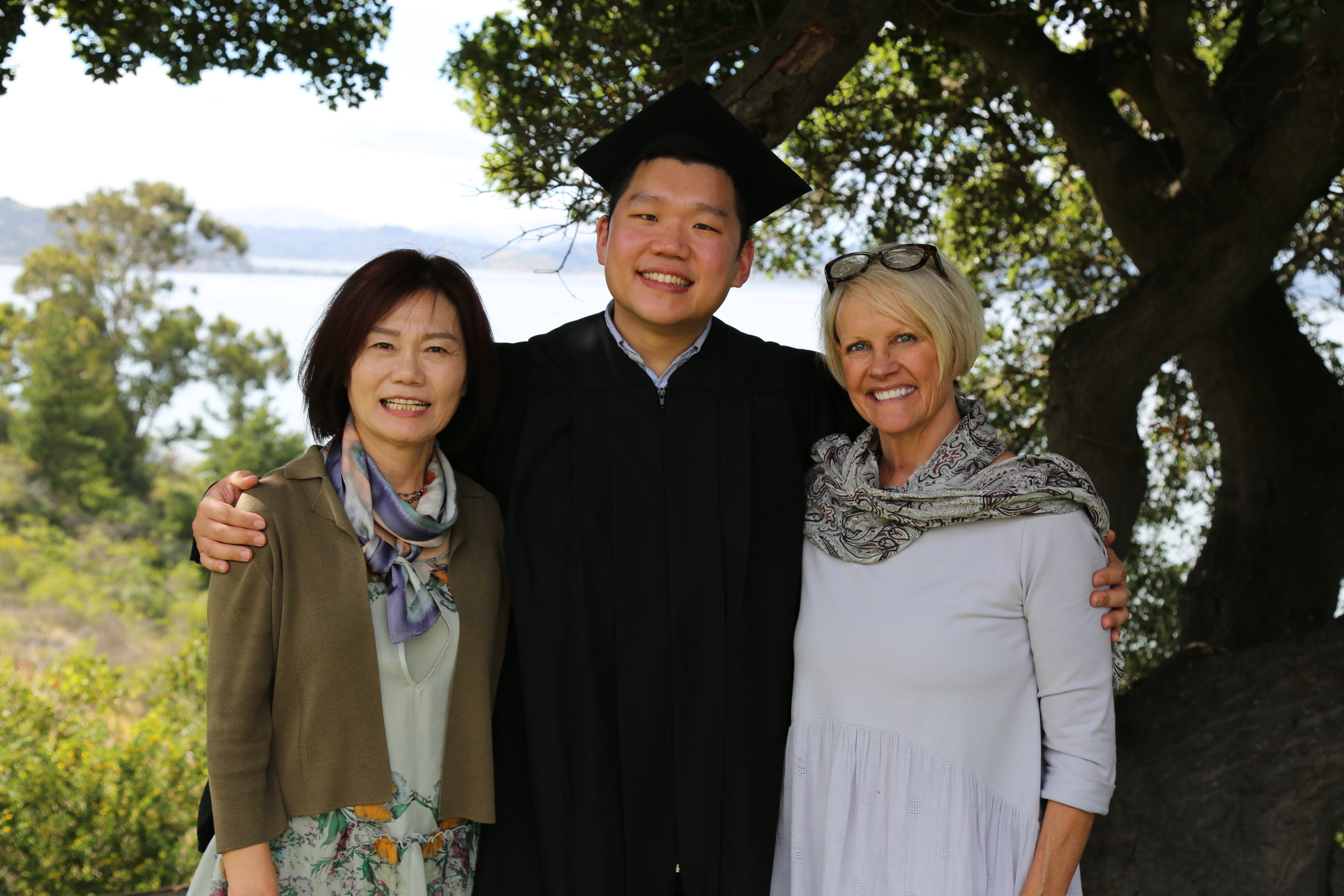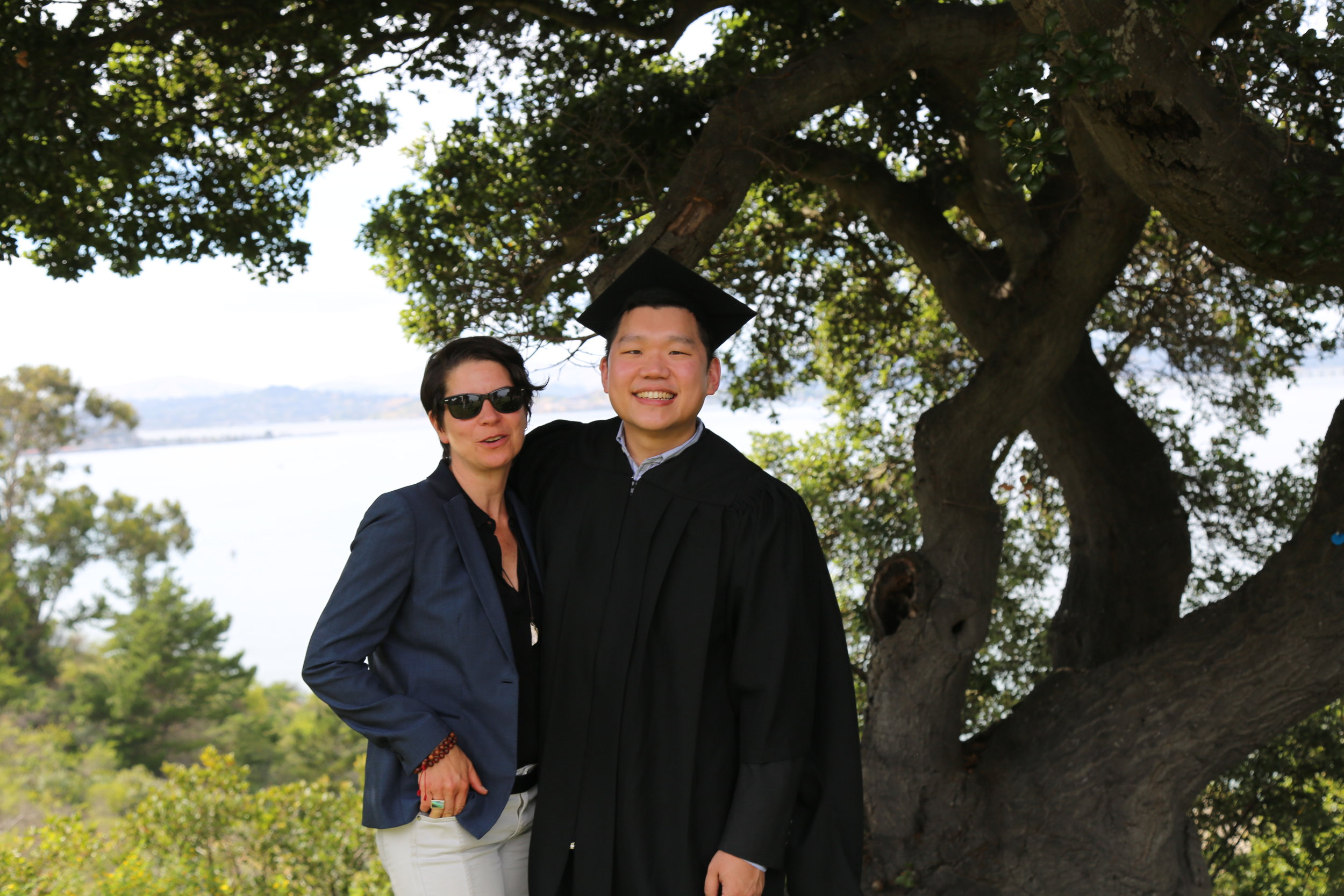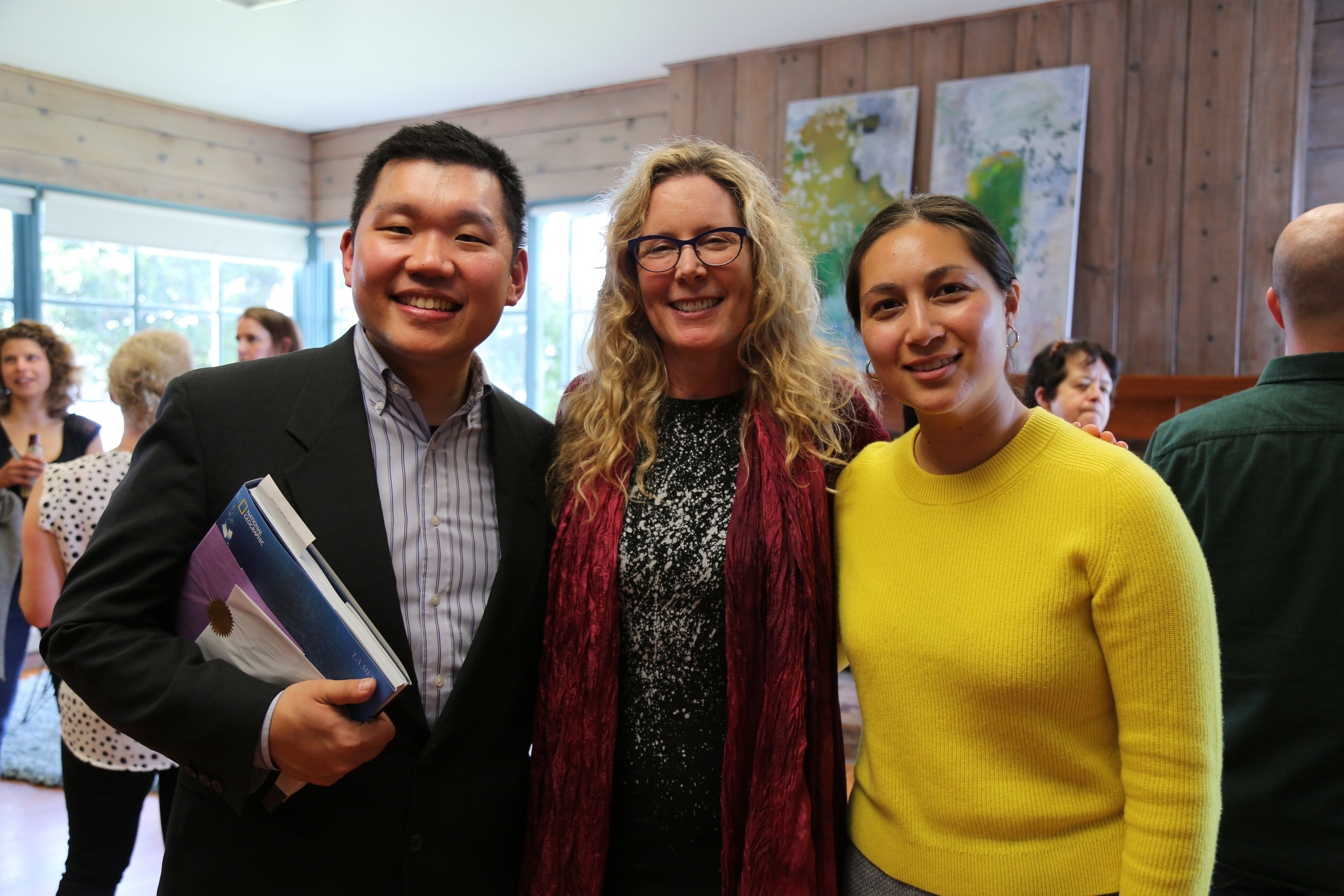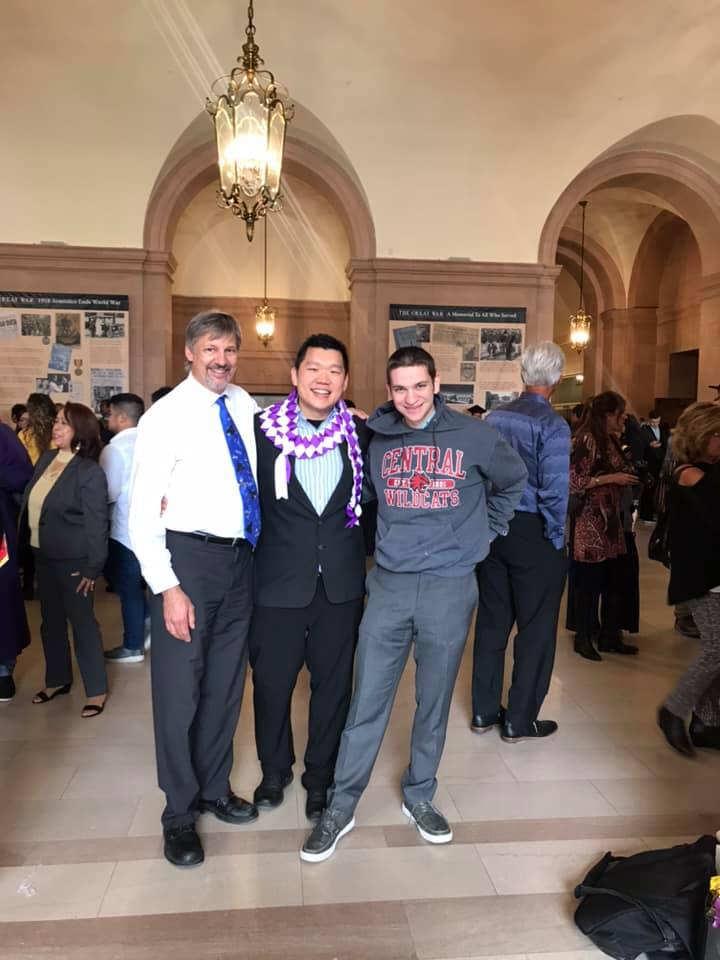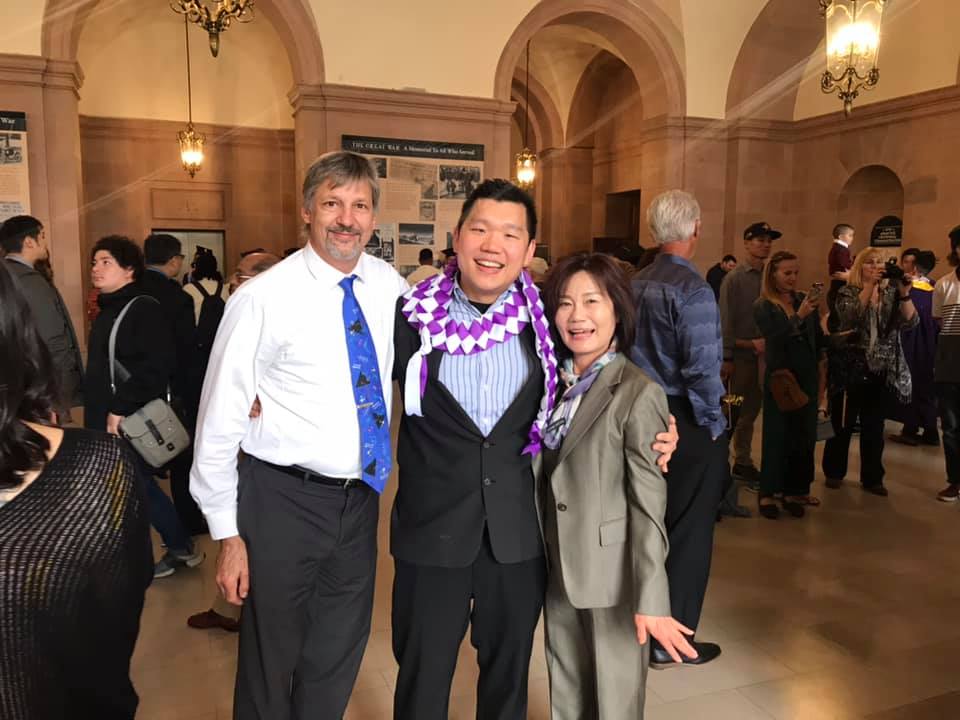For my Marine Resources class (GEOG 646) at SF State this semester I am reading The Sea Around Us, by Rachel Carson (1951), and The Tide: The Science and Stories Behind the Greatest Force on Earth, by Hugh Aldersey-Williams (2016). Please check out my first Book Reading blog post to read about why I chose these two books and why I chose to blog about them concurrently.
I don't have much left to read in Carson's The Sea Around Us; in fact, this week I'm reading the final chapter! For next week, which is my last week blogging about these two books, I'll be discussing the afterword and my final thoughts on the The Sea Around Us.
In the final chapter of her book, Carson "zooms out" her narrative. What I mean by that is that instead of addressing specific topics related to the world's oceans, she discusses the ocean at a higher, more holistic level and speaks of it in broader terms.
Fittingly, Carson begins with the ancient Greek concept of Okeanos (Oceanus), the all-encompassing world ocean at the ends of the known world, which surrounded the world with its endless stream. As a Greek mythology buff, I've known for a long time that the ancient Greeks considered Poseidon, god of the sea, to preside over the Mediterranean, the sea which the Greeks understood fairly well, whereas Okeanos represented the waters of the Atlantic and ultimately all far-off waters outside the ancient Greeks' comfort zone.
Starting with this mythical foundation, Carson takes us on a whirlwind trip through history to show her readers how the ocean has influenced humanity century after century. She starts with the Greek poet Homer, who work the Odyssey is, in the most literal sense, a story about a prolonged voyage at sea. Carson then mentions the seagoing Phoenicians, who flourished as a society for centuries before the common era.
Moving forward in time, Carson mentions the Norwegian maritime explorer Ottar, who was active around 870 CE, and the Vikings who sailed not just to Greenland but also all the way down south and into the Mediterranean. She then pays homage to the bravery and navigational skills of the Polynesian sailors who traversed the Pacific, hopping from island to island in their small boats and settling on them centuries before famed explorers like Columbus and Magellan made their long journeys. Carson states that besides using the stars, the sun, and the moon to guide themselves on their journey, the Polynesian explorers may very well have watched and followed the migratory patterns of birds traversing the Pacific.
Carson then mentions, in brief, attempts in the 19th century made by explorers to reach the North and South Poles, before ending in the 20th century, her present time. She makes a point to mention that modern sailing guides and other resources on the world's oceans are a blend of modern knowledge and knowledge gleaned from the past, stretching all the way back in one continuous stream back to antiquity. I love that she ends The Sea Around Us with the concept of the all-encircling stream, telling her readers that the sea lies all around us, touching all aspects of our lives and reminding us of our own marine origins, which we have in common with all life on Earth.
This week in The Tide, Aldersey-Williams begins by talking about various classic works of literature which mention the idea of a "Maëlstrom," a swirling, dark, submerged vortex of water that can carry people off to their doom. In Dutch the word roughly translates to "grinding stream," and the term is now used in all Scandinavian languages to describe a marine whirlpool.
After reading Edgar Allan Poe's "A Descent into the Maëlstrom," the author Jules Verne was inspired to include the concept in his famed work, Twenty Thousand Leagues Under the Sea. In the book, Captain Nemo's submarine, called Nautilus, is unexpectedly caught in the Maëlstrom while it is submerged off the coast of Norway. A "Norway Maëlstrom" is also briefly mentioned in Moby-Dick.
After discussing these works of fiction, Aldersey-Williams asks: Is the Maëlstrom a real thing? In the 18th century, the Swedish scholar Carl Linnaeus attempted to sail out to where the Maëlstrom was thought to be located, but he was unable to find a boat to travel the final leg of the journey and so was ultimately unsuccessful. A mere two decades later, the Bishop of Bergen, Erik Pontopiddan, wrote in his Natural History of Norway that a strange and violent current existed off the coast of Norway, one which could suck objects down into the depths and hold them there for hours before spitting them back out again. In Twenty Thousand Leagues, Verne poetically referred to the Maëlstrom as "Navel of the Ocean."
These tales about the Maëlstrom really drove home for me the way in which the tides, with their awesome natural power, can inspire deep emotions and ertistic expression. Indeed, it struck me how similar the legends around the Maëlstrom seemed to be to the Greek myth of Charybdis, the famed whirlpool in the Mediterranean which Aldersey-Williams addressed in earlier parts of his book.
Another whirlpool with mythological connections is the Corryvreckan, located between two islands off the coast of Scotland. According to Gaelic mythology, the Corryvreckan is the washtub of Cailleach, the creator goddess. However, what I found really impressive about Corryvreckan is that it wasn't until a mere six years ago that the mystery was solved as to why there was a whirlpool at all off the coast of Scotland:
Aldersey-Williams states that oceanographers conducted a bathymetric survey which revealed that the origins of the whirlpool lay in a long, undersea cliff. As the tide comes in, large amounts of water well up the cliff face, and as they flow over the top of the cliff, they are forced to flow faster than the shallow water already present there. Conversely, as the tide goes out, the water flows back over the cliff edge and plunges down the cliff face, creating a sucking action. Ultimately, learning that an undersea cliff wall explains the behavior of water in "Cailleach's washtub" was something I found quite entertaining.
This section of The Tide culminates in Aldersey-Williams visiting the "Navel of the Ocean" himself. The author travels to Norway and rides in a powerboat out to the very place in open waters where the Maëlstrom is supposed to be located.
Once there, Aldersey-Williams states that there doesn't seem to be any whirlpool at all, with no evidence of any downward vortex. In fact he says that the surface of the water is actually pretty flat. However, he also describes the location as eerie, and points out that had he come during different weather conditions his impressions of the location might be different. He also states that even though the waters are especially flat, they are not actually calm in the slightest. Indeed, the waters surrounding the boat all appear to be flowing in a clockwise orbit, as if the boat was in the middle of a gyre.
Even though Aldersey-Williams didn't find an actual, functioning whirlpool at the site of the Maëlstrom, I thought his description of the area was impressive. He really managed to convey the eerie nature of the place and the feel that there was potential danger lurking under the water's surface.
Finally, Aldersey-Williams moves on from Norway to Sweden, specifically to the capital city of Stockholm. I was fascinated to learn that Stockholm is actually a city that consists of 14 different islands and that these islands are connected by dozens of bridges, as well as locks that help to regulate water flow. Although there are of course key differences, this unique, insular geography makes me think of Stockholm as a city that is similar to Venice in that they are both intimately connected to the water.
I was particularly fascinated by the fact that Stockholm experiences almost no tides to speak of: Aldersey-Williams explains that the largest tidal ranges tend to be no more than 3 cm! Also, thanks to a centuries-old practice of marking the height of the water on stone gauges, Stockholm is blessed with a large data set on mean sea levels and sea level rise that stretches back to the 1700s! It is ironic that Stockholm contains such a rich history of sea levels, considering that the city's insular geography makes it especially vulnerable to climate change-induced sea level rise.
I'll be blogging again about both books at the same time next week. Stay tuned!
References:
- Aldersey-Williams, H. (2016). The tide: The science and stories behind the greatest force on Earth. New York, NY: W. W. Norton & Company, Inc.
- Carson, R. L. (1951). The sea around us (1989 ed.). New York, NY: Oxford University Press, Inc.
